Why some birds mate for life – and why some play the field (and the trees, ponds and rooftops)
Cooing doves might be synonymous with lasting love, but, when it comes to romance, the bird world isn’t entirely faithful, observes Ian Morton.


As usual Shakespeare caught the mood in a moment: ‘In spring time, the only pretty ring time,/ When birds do sing hey ding a ding ding;/ sweet lovers love the spring.’ Although most birds are quietly procreating in tidy relationships, others are indulging without regard to traditional human notions of one-to-one romance.
Indeed, ornithologists have determined that 90% of passerines (perching birds with three forward toes and one rearward) – which account for more than half of all bird species—fight for territory and form monogamous pairings for at least one breeding season. One male, one female: logical, poetic, even, and no hanky-panky. However, scientists admit there’s another sphere of activity that they call social monogamy, where at least one of the pair flits around in search of extra action. The most likely culprit will be an older male, although he may remain on hand to feed his mate and help raise the brood.
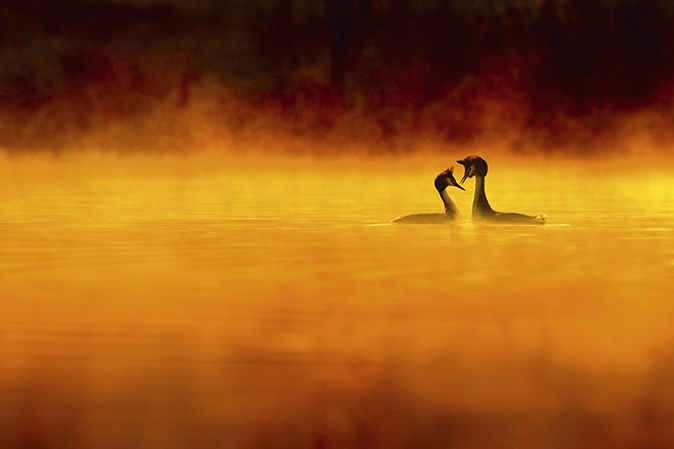
Social monogamy is the bird world’s soap opera, scripted since the 1990s by researchers working with DNA captured from claw clippings, a technique that has whipped the covers off bird behaviour and given us the acronym EPP, or extra-pair paternity.
In 11% of species regarded as monogamous, the nest contains an egg or eggs, the contents of which were not fertilised by the official mate. In the Netherlands in 2002–03, a whopping 51% of the offspring in 74% of reed-bunting nests were found to be the result of EPP.
In some species, there’s a ménage-à-trois twist, with an extra bird helping to bring up the offspring. However, as ornithologist and EPP specialist simon Griffith frankly puts it: ‘subordinate helpers gain direct reproductive benefits by either egg laying in the nest (females) or cuckolding the primary male breeder (males).’ In any event, the fledglings are raised normally. so unaware or passive are birds in this respect that even a bullying young cuckoo in the nest is treated as one of the family.
And there’s more. In a study of the common guillemot, Tim Birkhead, professor of behavioural ecology at the University of Sheffield, dispelled Darwin’s belief that paired females are faithful. Female guillemots proved as adulterous as males, frequently copulating with non-partners even after mate selection, allowing a process of sperm competition. ‘Although it is obvious why male birds are sexually promiscuous (some, at least, leave more descendants as a result), it is much less clear why females are promiscuous,’ he says. ‘Research has revealed no obvious benefits in terms of either quantity or quality of offspring.’
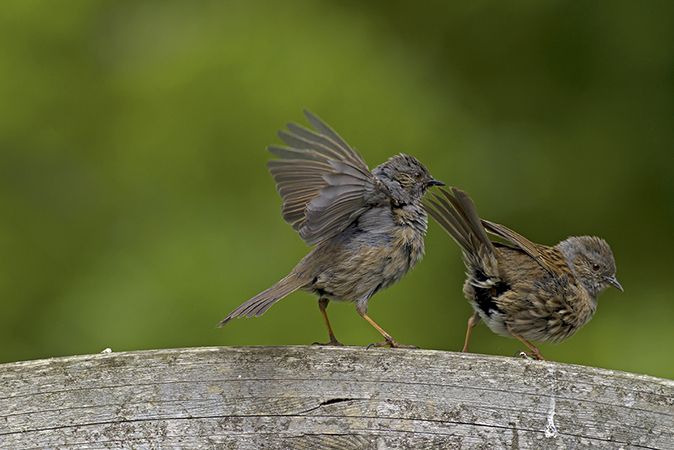
Such behaviour is not widely found, of course. In the case of the great tit, he elaborates, a caged female placed near an established nestbox was vigorously attacked by other females, suggesting that their aggression amounted to sisterly protection to reduce the male’s opportunity to attract a second female.
Exquisite houses, the beauty of Nature, and how to get the most from your life, straight to your inbox.
In some species, the size of a male bird’s testes has a bearing on its behaviour. In 1676, the English naturalists Francis Willoughby and John Ray observed that those of the male common quail were large in relation to its body size, ‘whence we infer it is a salacious bird’. The dunnock or hedge sparrow, whose reproductive organ represents 3.4% of its total bulk, proves the point. In his 1856 History of British Birds, the Rev Francis Morris described it as ‘humble in behaviour’, but this amorous species may mate as many as 100 times a day in a variety of liaisons: single male/ single female (monogamy); more than one male/single female (polyandry); single male/ more than one female (polygyny); or two males/‘two females (polygynandry).
In this dunk orgy, a male wants his own efforts to prevail, pecking at the female’s cloaca to get her to reject a previous deposit. ‘In the competition for fertilisation, the more sperm, the better the prospects of success,’ wrote Prof Birkhead in his aptly named 2017 paper The Avian Funfair. ‘It is like trying to win a raffle: your chances are improved the more tickets you buy.’
At the other end of the scale, he observed, bullfinch testes are a mere 0.29% of bodyweight and pairs are monogamous. Whereas dunnock sperm is numerous, sleek and Porsche-like, he recorded, bullfinch sperm is Trabant-like and motley, but with sufficient good ones to be effective.
Water birds show wide contrasts. Great crested grebes conduct elaborate mutual courting displays even after pairing, offering each other gifts of weed, and both give their fledglings piggyback rides. However, mallards leap upon paddling females in what could be judged as multiple rape, which may result in drowning.

The female mallard incubates for 28 days and leads her ducklings to water as soon as possible, where they take 60 days to become independent. They will not survive that period without her and the male bird isn’t involved.
Billing and cooing doves are traditionally synonymous with courtship and lasting love. Medieval folk believed that birds chose their mates on St Valentine’s day and their influence was so powerful that the best love potions required a dove’s heart. However, doves pair for just one season and are certainly not a model for long-term commitment. Their close relative, the pigeon, may be observed canoodling on roof ridges over many warm months – any ridge and any female will do.
If we seek an avian uplift, we go to the open fields to look and listen for that small brown bird that advertises himself to a potential mate by sweet song and soaring flight. Once paired, the male skylark constantly returns to earth to share in the upbringing of the young.
George Meredith penned his admiration in 1881, Ralph Vaughan-Williams wrote his music in 1914 and the nation’s most popular classical piece, The Lark Ascending, is love on the wing that we can all share.
As happy as a lark: birds in love
Greylag geese
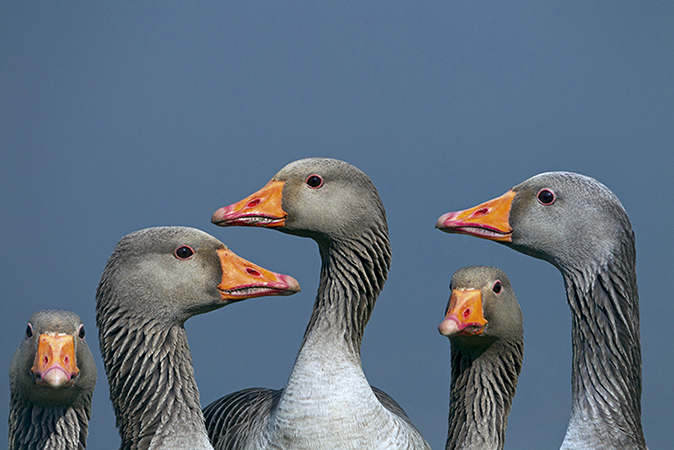
Wedded for life – up to 20 years – both parents rear their young on northerly breeding grounds; the family stays together during flock migration south and separates a year later. Research implants in greylags indicate that heart activity and stress levels are lower in those that are paired.
Woodcock
Mostly immigrants from Finland and beyond, males overfly woodland edges at dusk during April/June in a display called roding; they will mate with more than one female. She will fly fledglings to a safer spot by carrying them between her legs.
Mute swans
The epitome of sedate pairing and parenthood, with the female spending 36 days incubating 3–5 eggs on a self-built nest mound on an island or near the water’s edge. The male is ever close by and both parents see the cygnets through their first year.
Barn owls
Although they remain faithful for life, these birds of prey show constant affection for each other even outside the breeding season, with mutual preening and cheek rubbing. As the female lays and incubates her eggs, the male remains close, does the hunting and, over many weeks, feeds both his mate and their chicks.
English partridge
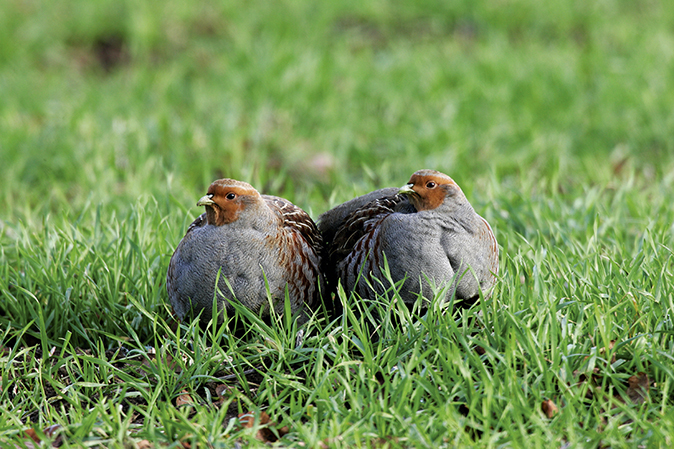
A model for family life and equality of the sexes, they pair in January and remain together until the autumn. The female lays and incubates 15-plus eggs and the cock bird stays close, flying bravely at predators and even at blundering humans. They’re social and two or three families may join to form large coveys that stay together until the next January pairings.

Credit: Steve Ward
British finches: A simple guide
From the rose-pink-breasted bullfinch to the crimson-faced goldfinch and the brown-striped twite, Britain’s finches are characterful birds of a feather,

The true story of St Valentine, his legend and legacy of love
Whatever the truth of the real St Valentine, the middle of February has been a favourite time for lovers since
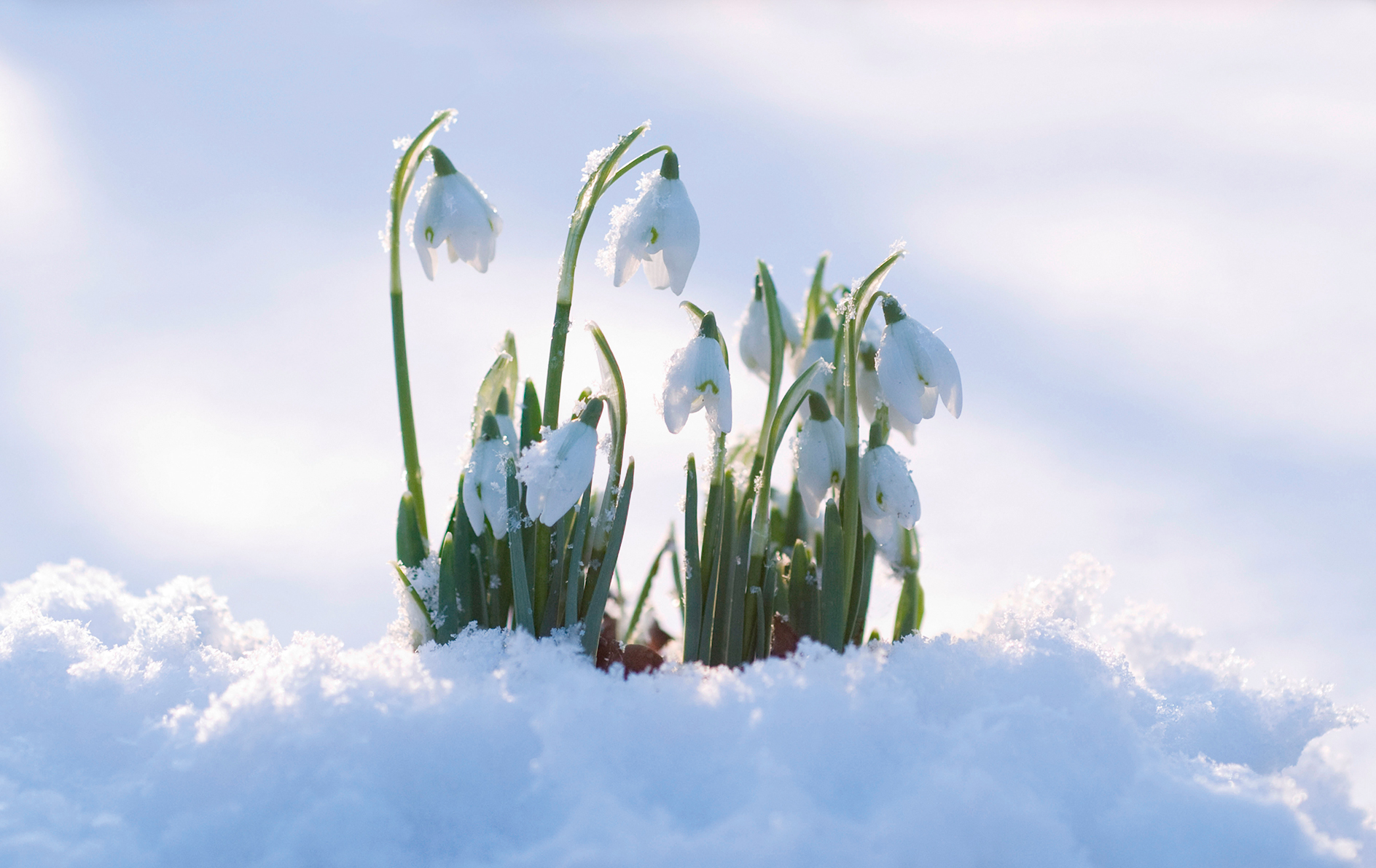
Where to see snowdrops: The best places in Britain
The sight of these tiny white flowers peeping through in January or February never fails to cheer us up –
Country Life is unlike any other magazine: the only glossy weekly on the newsstand and the only magazine that has been guest-edited by His Majesty The King not once, but twice. It is a celebration of modern rural life and all its diverse joys and pleasures — that was first published in Queen Victoria's Diamond Jubilee year. Our eclectic mixture of witty and informative content — from the most up-to-date property news and commentary and a coveted glimpse inside some of the UK's best houses and gardens, to gardening, the arts and interior design, written by experts in their field — still cannot be found in print or online, anywhere else.
-
 Northwold Manor: 'A place of delight once more after half a century of chaos and neglect'
Northwold Manor: 'A place of delight once more after half a century of chaos and neglect'A heroic restoration project has transformed Northwold Manor in Norfolk — home of Professor Warwick Rodwell and Ms Diane Gibbs — after more than 50 years of being left neglected. It has also illuminated its remarkable history, as John Goodall explains; photography by Paul Highnam for Country Life.
-
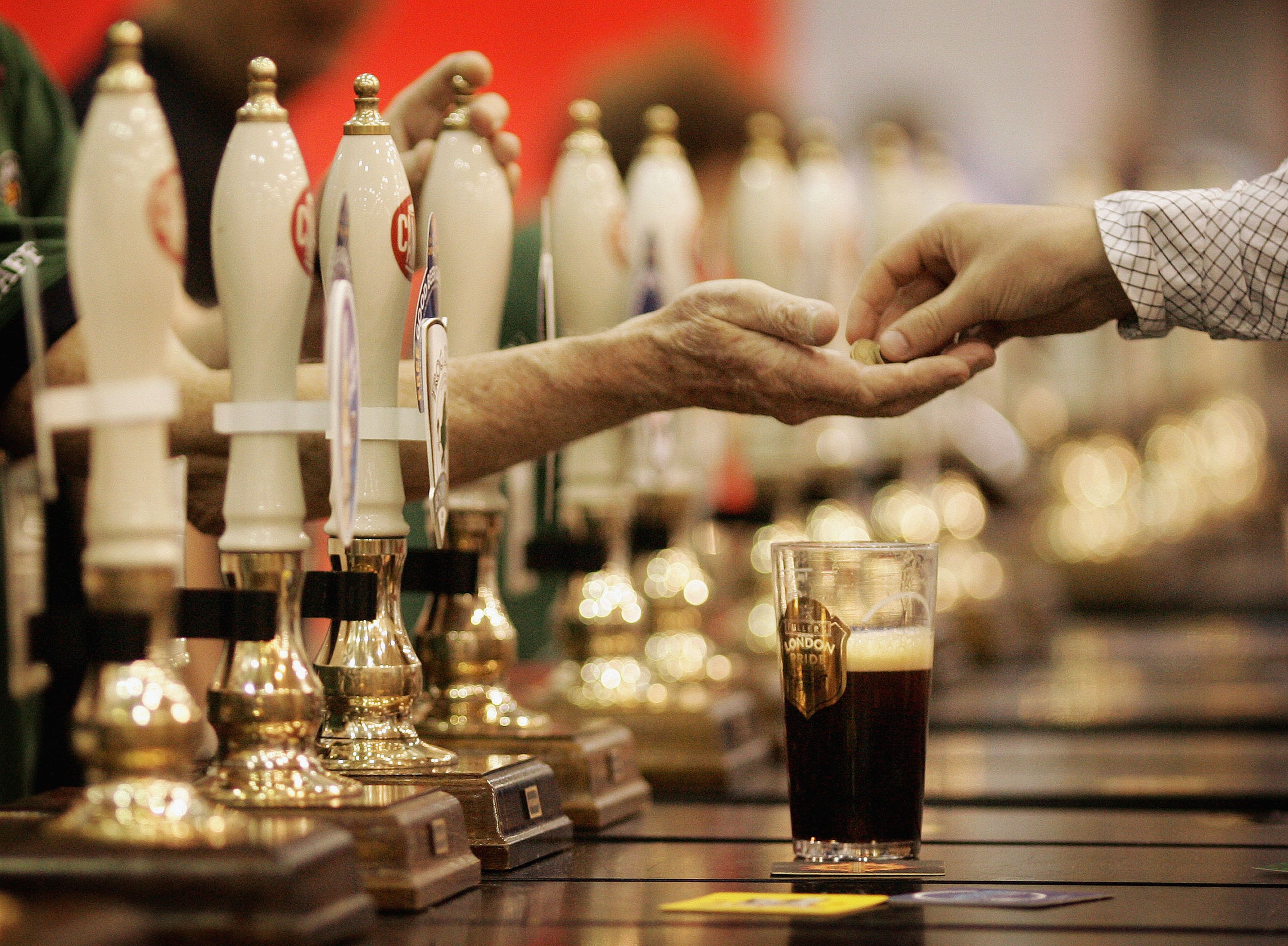 In search of London’s earliest pint
In search of London’s earliest pintEarly houses — pubs open in the early hours to feed and water the market trade — have been a cornerstone of London for centuries. Yet, as Will Hosie finds, they aren’t stuck in the past.
